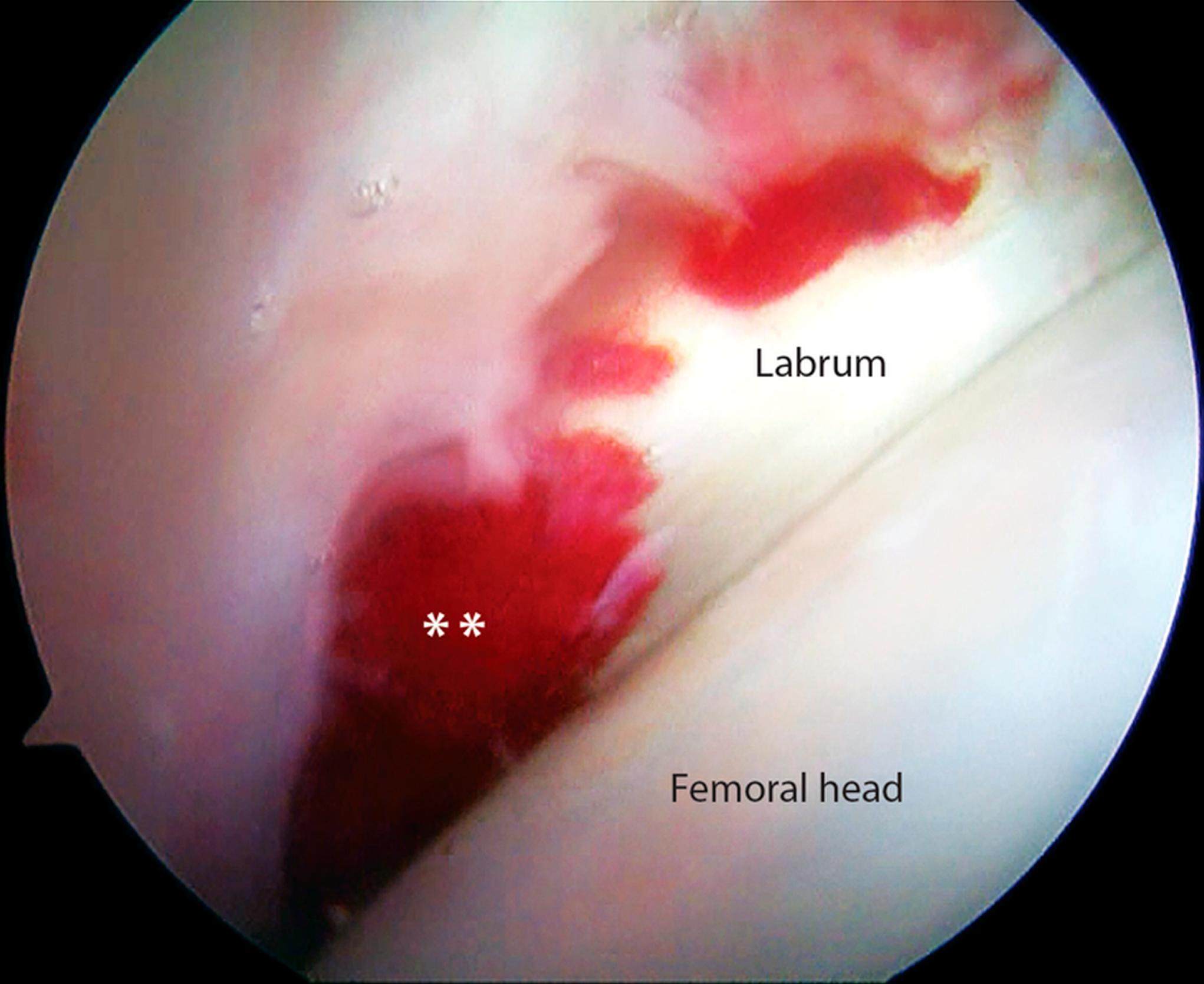Orthobiologics have garnered a substantial amount of buzz over the past few years, showing both their effectiveness and lack thereof. Hip preservation is one area of increased interest in the potential of orthobiologics to offer benefit to patients.
Although hip arthroscopy techniques have advanced exponentially over the past decade, addressing damage to the chondrolabral junction continues to be a challenge for orthopaedic surgeons, and hip arthroscopy has demonstrated inferior outcomes for patients with moderate osteoarthritis. However, with promising studies showing that bone marrow aspirate concentrate (BMAC) can potentially slow the chondral deterioration process, the question naturally arises: what is the possible utility of BMAC in hip preservation surgery?
In the current issue of JBJS, Martin et al. examine this question in a study in which they compared patient-reported outcome measures (PROMs) between a cohort who underwent arthroscopic acetabular labral repair with BMAC application (62 patients) and an earlier cohort who underwent the same procedure without BMAC use (62 patients). Eligible for inclusion were adult patients with no signs of dysplasia, no previous ipsilateral hip arthroscopy or labral debridement, and who had a minimum of 1 year of follow-up.
PROMs used: the International Hip Outcome Tool-33 (iHOT-33), Hip Outcome Score-Activities of Daily Living (HOS-ADL), and Hip Outcome Score-Sports Subscale (HOS-Sports), assessed preoperatively and at 3, 6, 12, and 24 months postoperatively.
Findings
The 2 groups had similar baseline characteristics except for sex (a higher proportion of female patients in the no-BMAC group and a higher proportion of male patients in the BMAC group). There was a slight but significant increase in surgical time when BMAC was used, from 104 minutes to 129 minutes. Procedure-wise, a significantly higher rate of femoroplasty was seen in the BMAC group (56% vs. 39%).
Overall, the authors found no differences in mean PROM scores at any time interval between those who did and did not receive BMAC treatment. Interestingly, however, in a subgroup analysis of patients with moderate hip arthritis (Outerbridge grade 2 or 3), those who received BMAC reported significantly greater iHOT-33 scores at 12 and 24 months compared with those without BMAC. The between-group difference in improvement at the 24-month follow-up was 13.2 points, which is nearly the minimally clinically important difference in the score as defined in previous work.
Despite some limitations, this study adds to the growing body of literature that suggests that BMAC may be of benefit in the setting of early to moderate cartilage damage. It sets the stage for higher-level studies that could further elucidate which hip scenarios are best treated with BMAC.
To read the full report, click here.
A JBJS video summary of the study is also available. Click here to access it.
Matthew R. Schmitz, MD
JBJS Deputy Editor for Social Media




One thought on “BMAC in Hip Arthroscopy: Its Potential in Cases of Cartilage Injury”